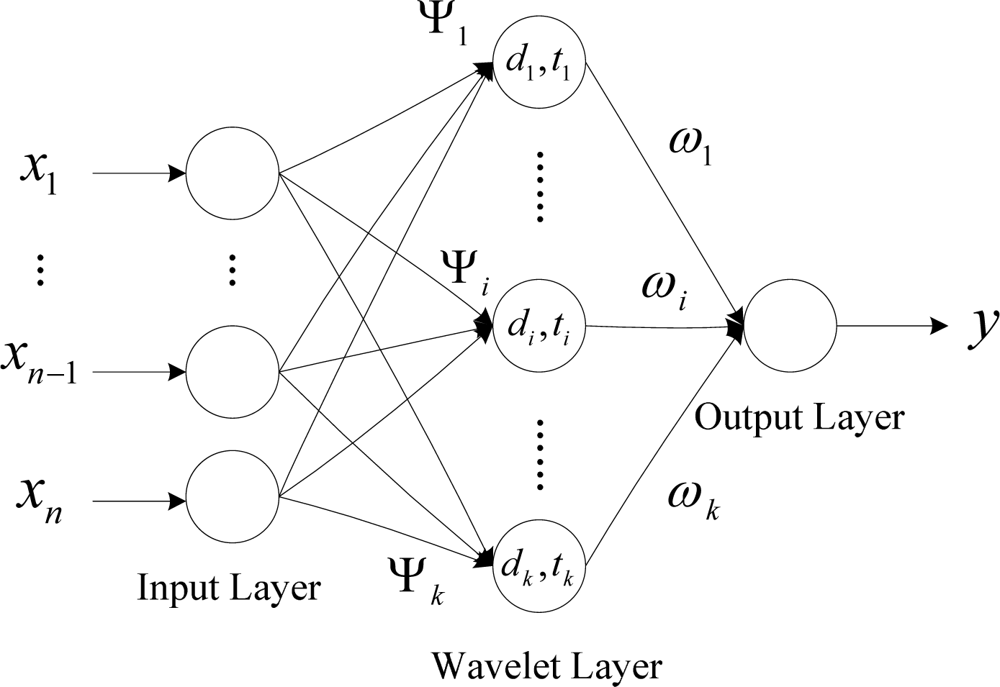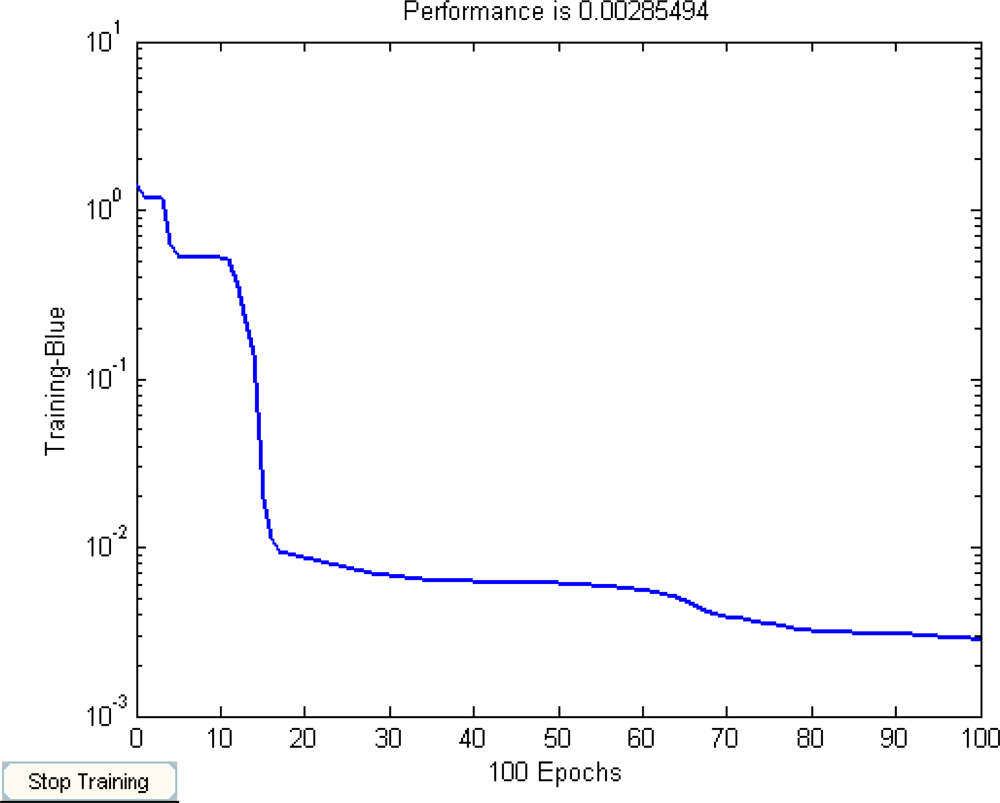A Wavelet Neural Network for SAR Image Segmentation
Abstract
:1. Introduction
2. Wavelet Transform
3. Wavelet Neural Network
3.1. Structure of Wavelet Neural Network
3.2. Training of WNN
4. Experiments
5. Conclusions
Acknowledgments
References
- Chang, C.M.; Liu, T.S. A wavelet network control method for disk drives. IEEE Trans. Contr. Syst. Technol 2006, 14, 63–68. [Google Scholar]
- Lin, C.H.; Wang, C.H. Adaptive wavelet networks for power-quality detection and discrimination in a power system. IEEE Trans. Pow. Deliv 2006, 21, 1106–1113. [Google Scholar]
- Grimaldi, D. Time-of-flight measurement of ultrasonic pulse echoes using wavelet networks. IEEE Trans. Instrum. Meas 2006, 55, 5–13. [Google Scholar]
- Angrisani, L.; Daponte, P. wavelet network-based detection and classification of transients. IEEE Trans. Instrum. Meas 2001, 50, 1425–1435. [Google Scholar]
- Subasi, A.; Alkan, A.; Koklukaya, E.; Kiymik, M.K. Wavelet neural network classification of EEG signals by using AR model with MLE preprocessing. Neural Network. IEEE Trans. Pattern Anal. Mach. Intel 2005, 18, 985–997. [Google Scholar]
- Mallat, S.; Hwang, W.L. Singularity detection and processing with wavelets. IEEE Trans. Inf. Theory 1992, 38, 617–643. [Google Scholar]
- Grandi, G.D.; Lee, J.S.; Schuler, D.L. Target detection and texture segmentation in polarimetric SAR images using a wavelet frame: theoretical aspects. IEEE Trans. Geosci. Remote Sens 2007, 45, 3437–3453. [Google Scholar]
- Bustamante, I.T.; Mata, F.S.; Gonzáleza, N.H.; Gazapoa, R.G.; Palaua, J.; Ferreirab, M.M.C. Application of chemometric tools for automatic classification and profile extraction of DNA samples in forensic tasks. Analyt. Chim. Acta 2007, 595, 43–50. [Google Scholar]
- Armande, N.; Montesinos, P. Thin nets and crest lines: Application to satellite data and medical images. Compu. Vis. Image Underst 1997, 67, 285–295. [Google Scholar]
- Zhang, J.; Walter, G.; Miao, G.Y.; Lee, W.N.W. Wavelet neural networks for function learning. IEEE Trans. Signal Processing 1995, 43, 1485–1497. [Google Scholar]
- Delyon, B.; Juditsky, A.; Benveniste, A. Accuracy analysis for wavelet approximations. IEEE Trans. Neural Networks 1995, 6, 332–348. [Google Scholar]



© 2009 by the authors; licensee MDPI, Basel, Switzerland This article is an open access article distributed under the terms and conditions of the Creative Commons Attribution license (http://creativecommons.org/licenses/by/3.0/).
Share and Cite
Wen, X.-B.; Zhang, H.; Wang, F.-Y. A Wavelet Neural Network for SAR Image Segmentation. Sensors 2009, 9, 7509-7515. https://doi.org/10.3390/s90907509
Wen X-B, Zhang H, Wang F-Y. A Wavelet Neural Network for SAR Image Segmentation. Sensors. 2009; 9(9):7509-7515. https://doi.org/10.3390/s90907509
Chicago/Turabian StyleWen, Xian-Bin, Hua Zhang, and Fa-Yu Wang. 2009. "A Wavelet Neural Network for SAR Image Segmentation" Sensors 9, no. 9: 7509-7515. https://doi.org/10.3390/s90907509
APA StyleWen, X.-B., Zhang, H., & Wang, F.-Y. (2009). A Wavelet Neural Network for SAR Image Segmentation. Sensors, 9(9), 7509-7515. https://doi.org/10.3390/s90907509




